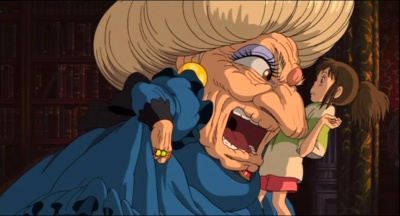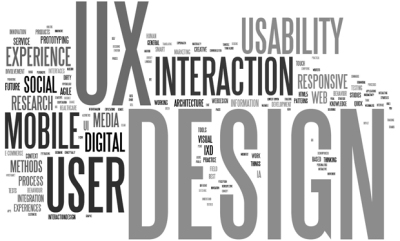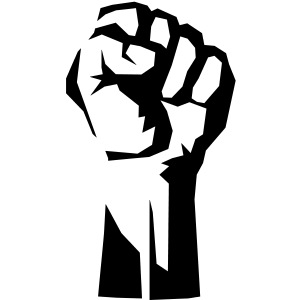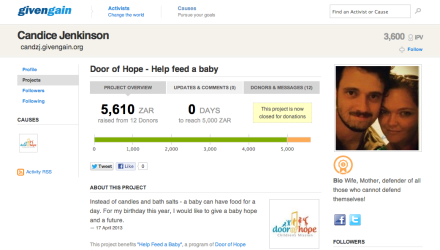Here at Origin Interactive we believe in getting all the answers before making an informed decision. In light of Women’s Day, we conducted a little “user research” to find out what the members of our team feel the biggest hurdle for the modern women is. Since we are a team, we wanted to understand men’s views as well; do they relate to or understand our battles everyday as women? Do they notice beyond our appearances as a gender, the way we think, the subconscious things that influence our decisions daily, at work or otherwise?
Here are some of the answers we got:
Jacques:
Development as an industry has traditionally been male dominated. There are amazing female developers working in this industry and although they are generally accepted by their male counterparts as equals, there remains a small percentage of men who either artificially value these womens’ contributions because of physical attraction, or simply dismiss their contributions because they are female.
I think the greatest challenge for women is to accept that, sadly, some men will never change their idiotic views, and not to marginalise themselves due to this. Things will only get better in this regard, but a woman has to see herself as an equal and not allow the small percentage of sexist views to get in their way of achieving great things.
Tshepo:
Nothing different from the things that stop men.
PS: Most feminist arguments I’ve heard all come from a victimised state of mind, you hear things like “it’s his fault, it’s their doing”. Because of this urge to pit the two sexes at odds; whether they are male or female- feminists have failed to make feminism an attractive movement for many.
Mike:
Balancing maternal, marital, social & highly demanding career commitments – and doing a good job of it.
Michael:
I would say the most challenging thing for women still today would be the transitions between being a housewife/family woman and being an independent woman. Now women are working in the high positions doctors, CEOs, Directors Women now dominate the work space and some women still have responsibilities especially if they have children. like my mother is a doctor, she is sometimes on call for 48 hours non stop and she still comes home and makes food for us before she goes to sleep. So that for me is the most Challenging thing, for women who already have children that take multi-tasking to the next level.
Zwai:
I believe women are most of the times their own worst critiques/enemies. Apart form the fact that they can multitask and still look after their families, whilst maintaining a full time job. There seems to be a lack of “sisterhood” amongst them and this in my opinion contributes a great deal to their hurdle.
Catherine:
I think there are two main obstacles, listed below in my order of “seriousness”:
1. Balancing your career, life, and (one day, for me) children. It’s the age-old one, yet it is still with us.
2. I still get people asking me “you work in digital?”, “you play games?”, “I didn’t know women could do that.” Getting the respect we deserve for the work, art, industry-specific innovations we do, and the hobbies we keep.
Candice:
Trying to have a family while working. The hormonal, emotional and physical turmoil of pregnancy is ravaging and yet you’re expected to perform even better than usual so that nobody thinks any less of you just because you’re pregnant.
Also, it is not South African law that companies have to pay their female staff maternity leave, in any capacity. So if a company chooses not to pay you maternity leave, too bad, you’re screwed. Sort of gives the impression that companies don’t really want you, as a woman, once they’ve hired you to have more children.
NQ:
Of course there are the balancing issues with work , being a mother and taking care of home etc. I think women still have to work twice as hard to prove themselves in the work place. Sometimes the balance is also lost with trying to be the boss and they over do it because they feel they need to prove a point. However women have come a long way and not all, but some hurdles have been knocked off . Its great being a woman all the strength we need to survive in embedded in our DNA !
Neety:
– Balancing the thin line she is trying to differentiate between objectification and independence. (I’m dressing up smart/powerful to feel smart, not to impress men, or to give them a platform to tease and pass judgement)
– The non prevalence of sisterhood. (There is really a lack of understanding among women. Ever heard of the ‘Bro code’ type stuff? Where’s the Sis code??)
– And propagation of this idea of the ‘standards’ one has to reach to be looked at as beautiful or passable. (Widely prevalent due to media nowadays – not being comfortable in your own body, constant comparing yourself to others, wear your heels even if your feet give up, trying to fit into a set image of ‘Perfect’ , is very very self defeating, to all womankind).
Women need to work together and understand each other, and themselves.
In the spirit of conducting an open discussion and in light of the above answers, what do YOU think the biggest hurdle for the modern woman is in today’s society? We’d love to hear what you think!



















